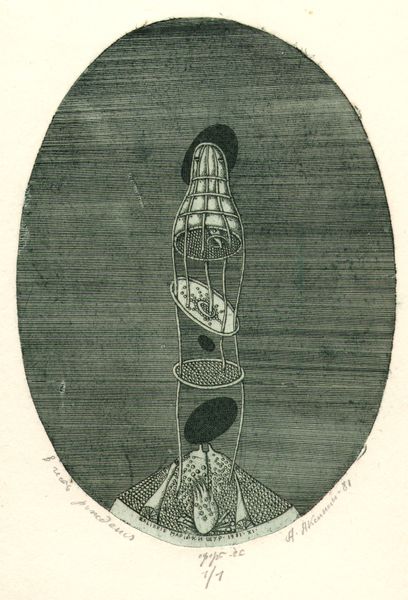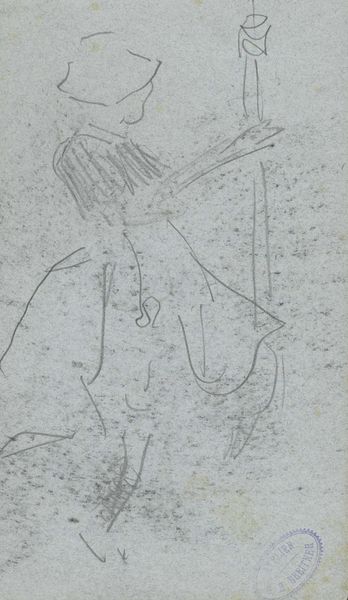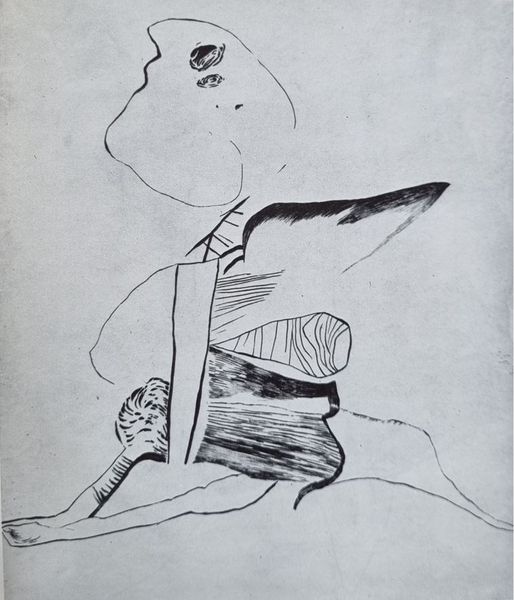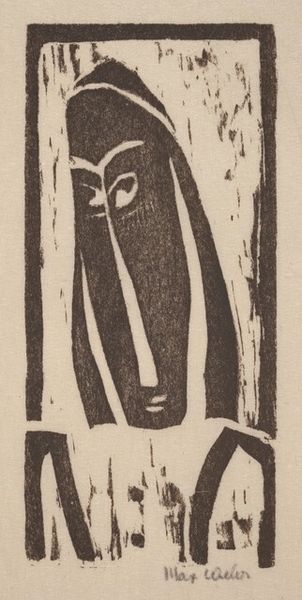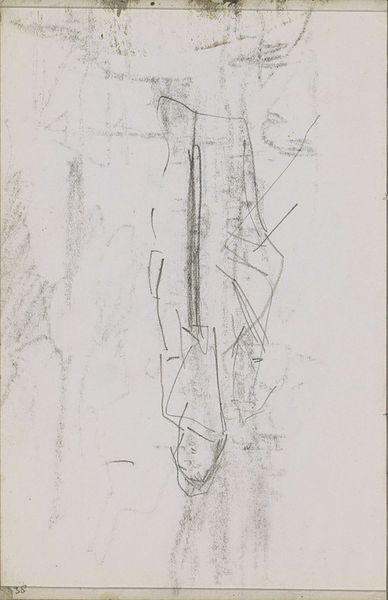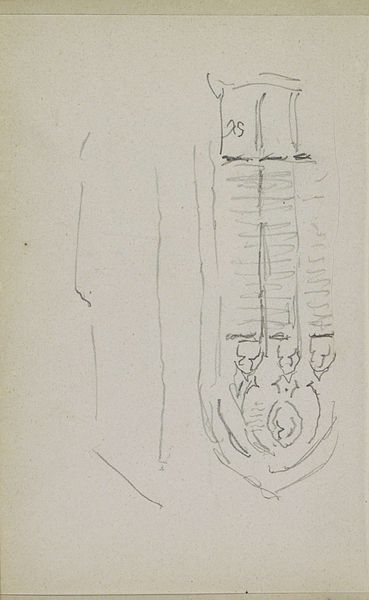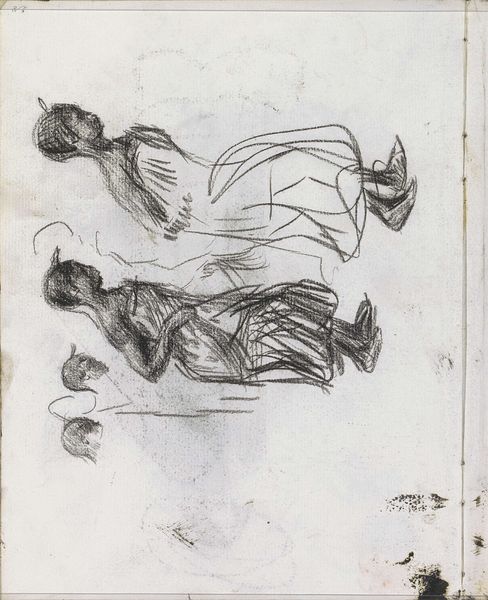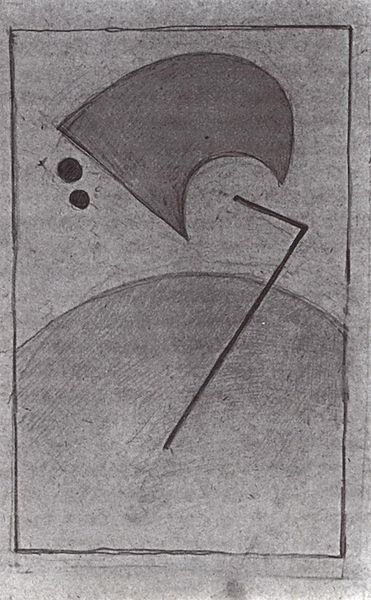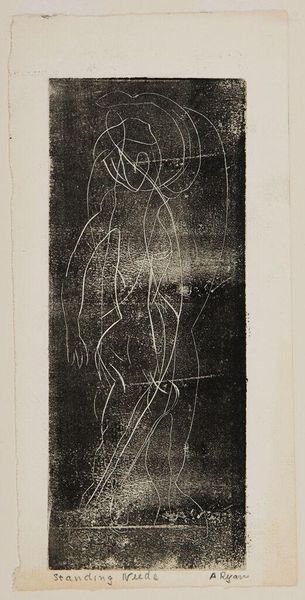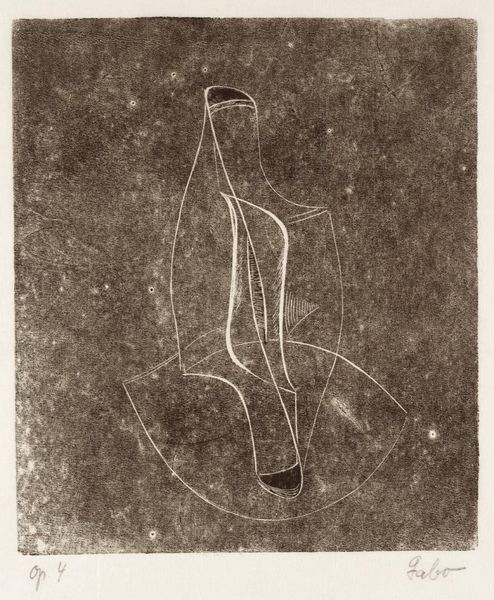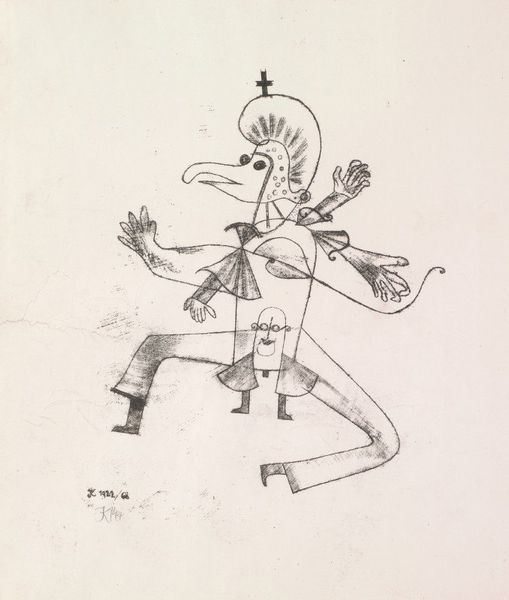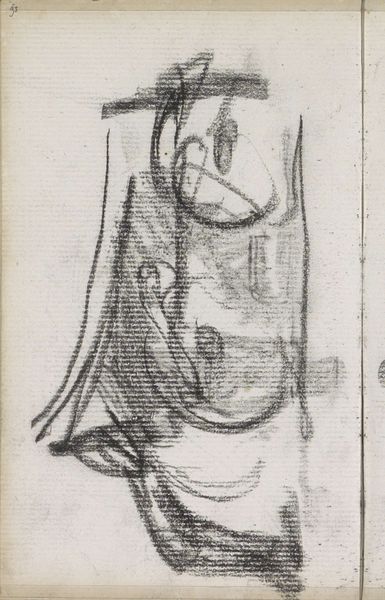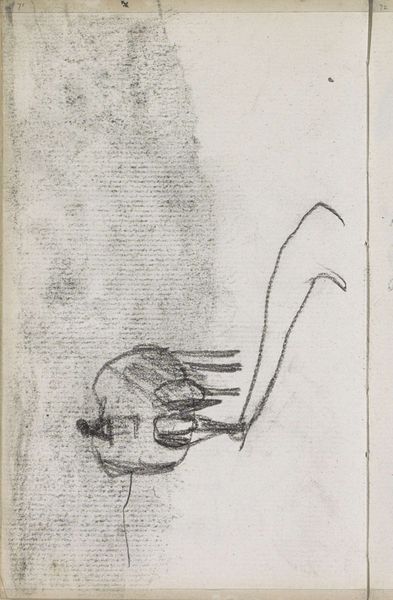
drawing, charcoal
#
drawing
#
abstraction
#
charcoal
#
surrealism
Copyright: Public domain
Vajda Lajos created this drawing, "Üveg, Kés, Paradicsom," in 1937. The arrangement of a bottle, knife, and tomato may seem like a simple still life at first glance, yet the piercing knife hints at deeper symbolic layers. The knife, a recurrent symbol, is often associated with sacrifice and transformation. Consider its echoes in Caravaggio's "Judith Beheading Holofernes," where it symbolizes decisive action and violence. Here, the knife points downwards towards the tomato, a symbol of fertility and life, as well as death and the underworld. This juxtaposition evokes primordial anxieties about life, death, and transformation. The bottle, reminiscent of alchemical vessels, may represent containment and transmutation. Together, these motifs engage viewers on a subconscious level, conjuring intense emotional states. These symbols have resurfaced and taken on new meanings throughout history, evolving to reflect our ever-changing cultural landscape.
Comments
No comments
Be the first to comment and join the conversation on the ultimate creative platform.
